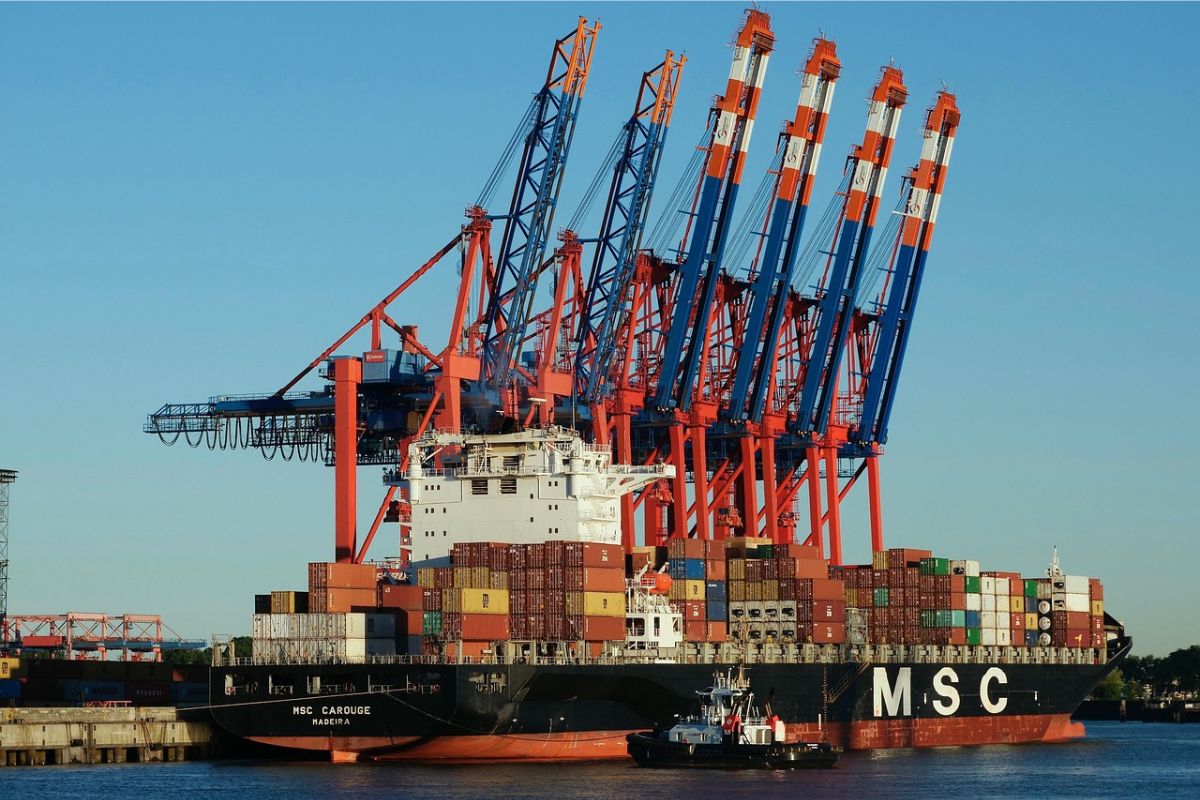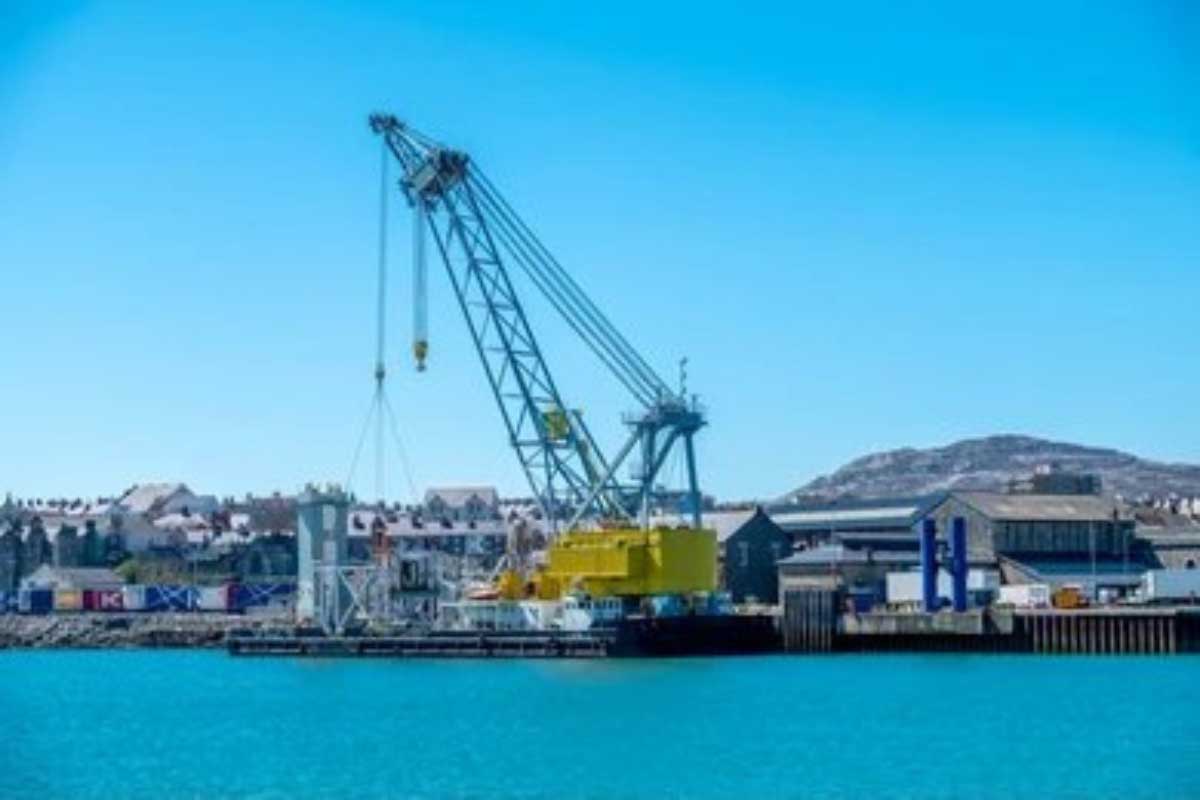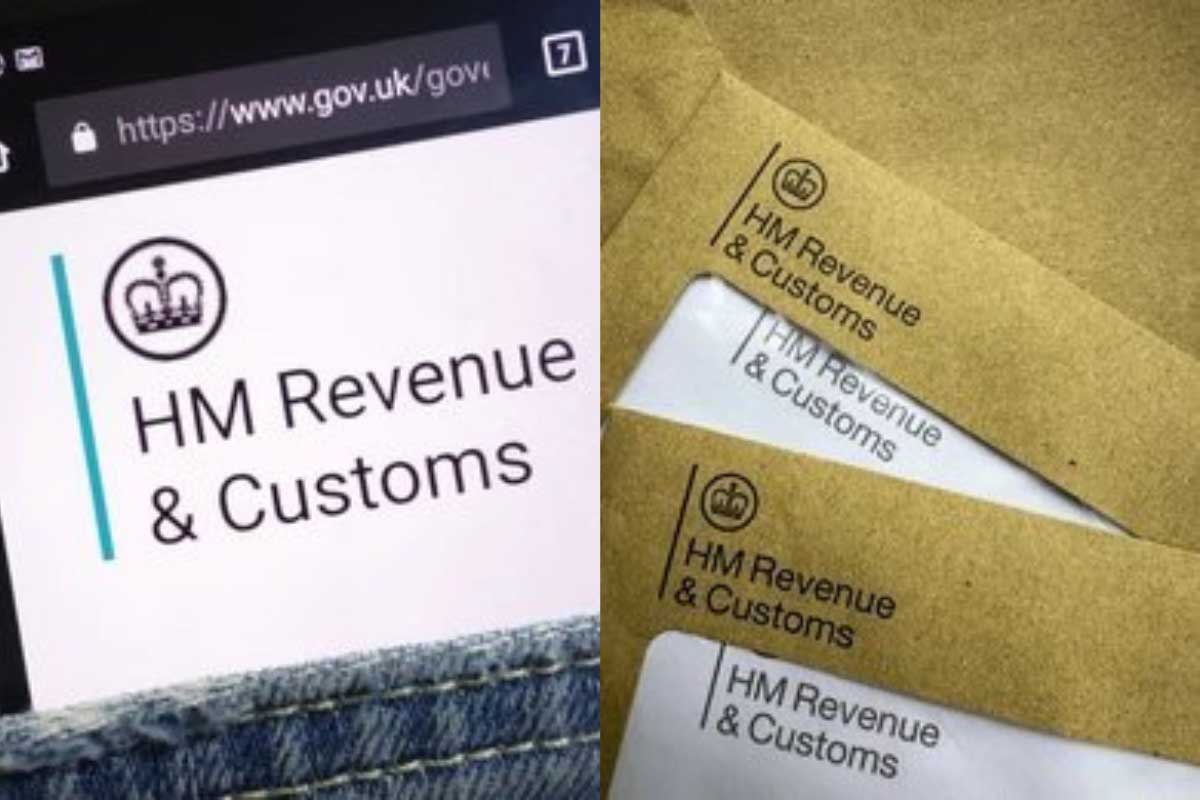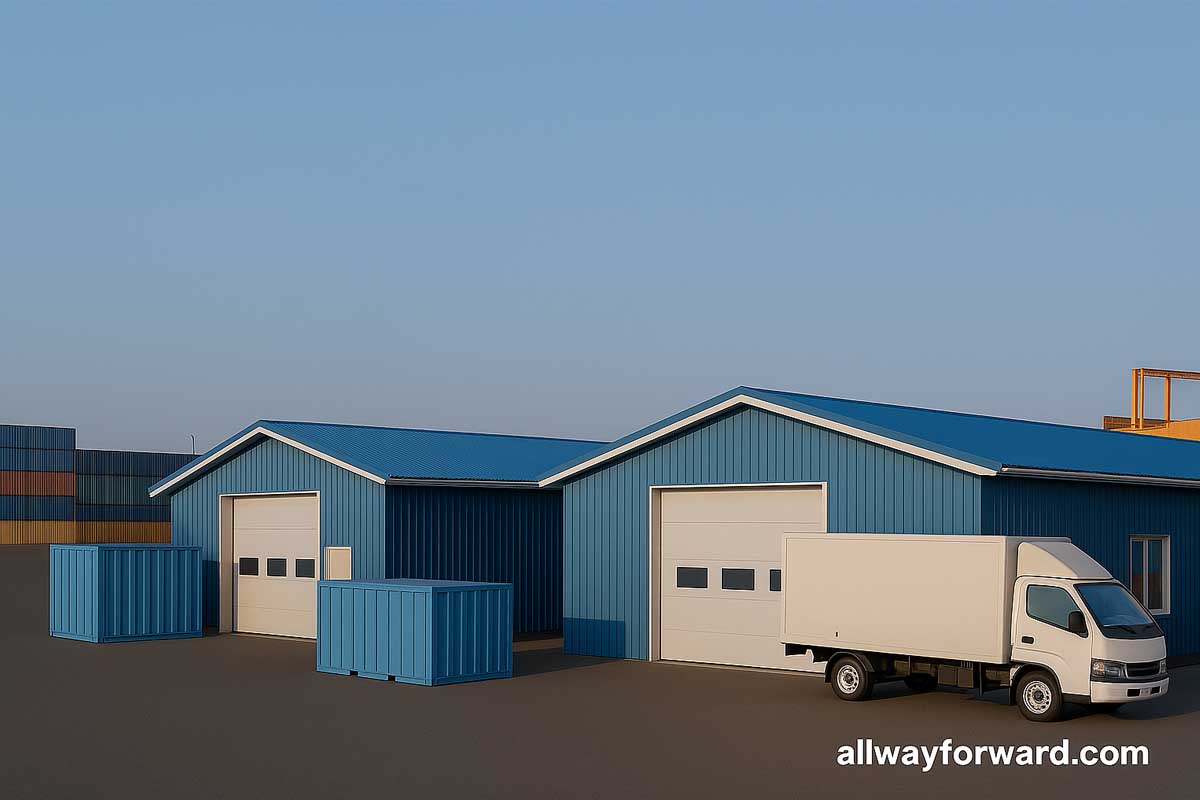In the context of international trade, customs clearance plays a crucial part in the wider process of moving goods across international borders, be it for import or export. Any country that wishes to engage in cross-border trade must comply with prevailing customs requirements if it is to ensure timely delivery and avoid legal costs of non-compliance. All countries have a myriad of regulations, particularly involving a complex documentation procedure that governs the movement of goods into or out of their borders.
If you are new to international trade, this guide will walk you through the essentials of customs clearance to help you understand how the process works and what makes it important. We will also shed light on what steps you need to follow for a successful customs clearance process.
Understanding the process of Customs Clearance
Custom clearance refers to an official procedure that requires businesses or individuals to declare whatever goods they are importing or exporting. This is necessary to gain approval from the relevant customs authorities so that you can easily move goods without any hindrance or blockage.
Clearing goods from customs means that you meet the applicable legal requirements and standards for exported and imported goods in a given country, which may include a wide variety of items as well as personal effects and commercial shipments. As part of Customs clearance, businesses must provide detailed and accurate information about the shipment, including its place of origin, its content and value of the items and their target destination.
Key Stages of Customs Clearance process
1. Submitting Documents
Once your goods arrive at a port of entry, you are expected to submit various documents related to your shipments to the customs authorities as a formal statement including commercial Invoices, port expenditures, packing list, certificate of origin, inland bill of lading, pre-shipment inspection certificate and a customs clearance document. Once authorities verify your documents, they will authorize your goods to enter or exit the country.
2. Payment of import Fees
Following that, you are required to pay the applicable tariffs; including any duties and taxes, you owe to achieve the custom clearance status. If your shipment is classified as delivered duty unpaid (or DDU), you will have to pay the customs fees to the customs authorities before they can deliver your goods. In case of a delivered duty paid (DDP), the taxes and duties are covered in the price of the goods meaning you won’t need to pay an additional cost.
3. Shipment Release
The authorities will then move on to complete the release paperwork that allows goods to be released from a warehouse and handed over to the importer.
Best Practices for Smooth Customs Clearance
Accurate Documentation
You must ensure that the documents you provide are up to date and accurate so that there is no discrepancy between your listed items and what your shipments contain. Double check your documents and keep copies of all documents for future reference and in case of disputes.
Knowledge of international Trade Law
It’s important to be familiar with international trade laws related to exporting and exporting goods to keep up with requirements. For example, you need to know about the incoterms agreed upon between the buyer and seller that set out who will pay the customs duties and taxes as well as the mode of the shipping process.
Partnering with a Customs Broker
A licensed customs broker has in-depth knowledge of the various customs regulations, tariffs, and procedures to help you get through the process successfully.
Consider the Type of Goods
For a smooth customs process, you should take into account the nature of the shipping goods. For example, if you are importing goods like food, pharmaceuticals, cosmetics, or electronics into the United States, they fall in the domain of the Food and Drug Administration. The specific customs requirements vary based on the goods you are dealing with.
Adherence to Customs Clearance Check points
If your goods have to pass through various countries, this means that your goods will be subject to a customs clearance check in each country. This is why you should be aware of the customs regulations of each country in advance to ensure that your goods comply with the expected standards and laws.
Challenges in Customs Clearance
Trade policies recently underwent a major change that has further made the customs process more complicated. A case in point is that the US has lifted the de minimis exemption rule under which shipments from China and Hong Kong worth below $800 could enter tariff-free. Tariffs means that the burden of cost will fall on both consumers and businesses.
Similarly, the UK is on its way to remove customs exemptions for imports under £135 to protect local businesses from low price imports, particularly those from China e-commerce platforms.
Why Customs Clearance Matters
Understanding the customs process and implementing it accordingly can allow businesses to benefit from substantial cost savings. Your shipment may get delayed or rejected altogether if the authorities detect a substantial mismatch in the value or shipment contents in your submitted documents.
By classifying goods into suitable categories and proceeding according to the terms of trade agreements, businesses relieve themselves from the financial implications like late payments, penalties and fines to maintain their competitive position in the global market.
For modern customers, timely delivery is more important than ever and hence an efficient customs clearance process ensures that your products reach the end customers immediately. This helps build trust and retains customers, which is integral as online sales are projected to comprise a quarter of total global retail sales until 2027.
Conclusion
Customs clearance is not just a bureaucratic hurdle you need to overcome but an integral part of international trade. An efficient customs clearance process requires you to have your documents in order and comply with relevant regulations to ensure that you can carry out your trade operations smoothly.
Staying informed with the rules and regulations of the countries in which you operate can help you avoid issues during the customs clearance process and additional scrutiny. By following the above steps, you can sail through the customs clearance process with ease and minimum stress, hence expanding your prospects for success in a rapidly changing business environment.






